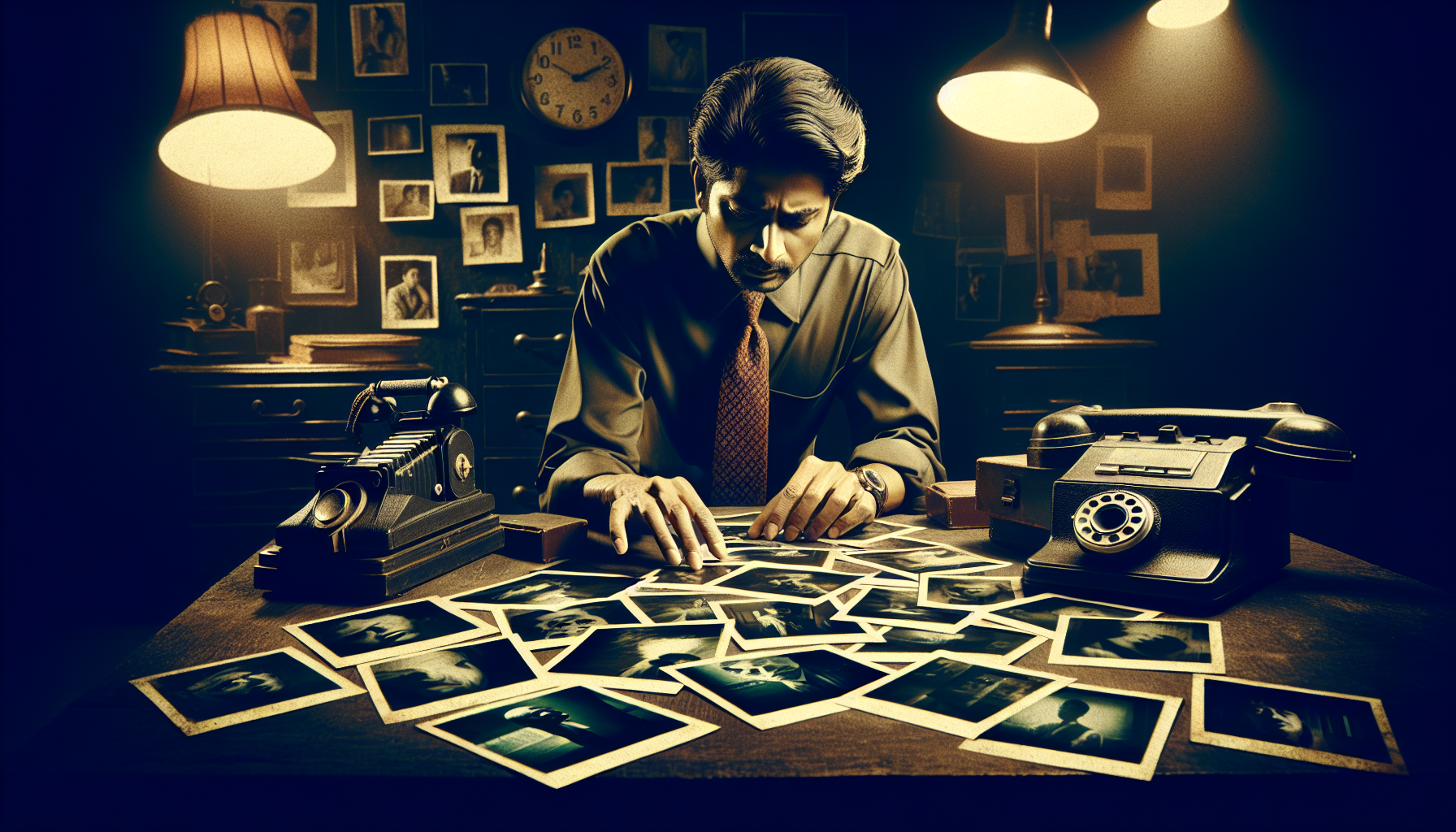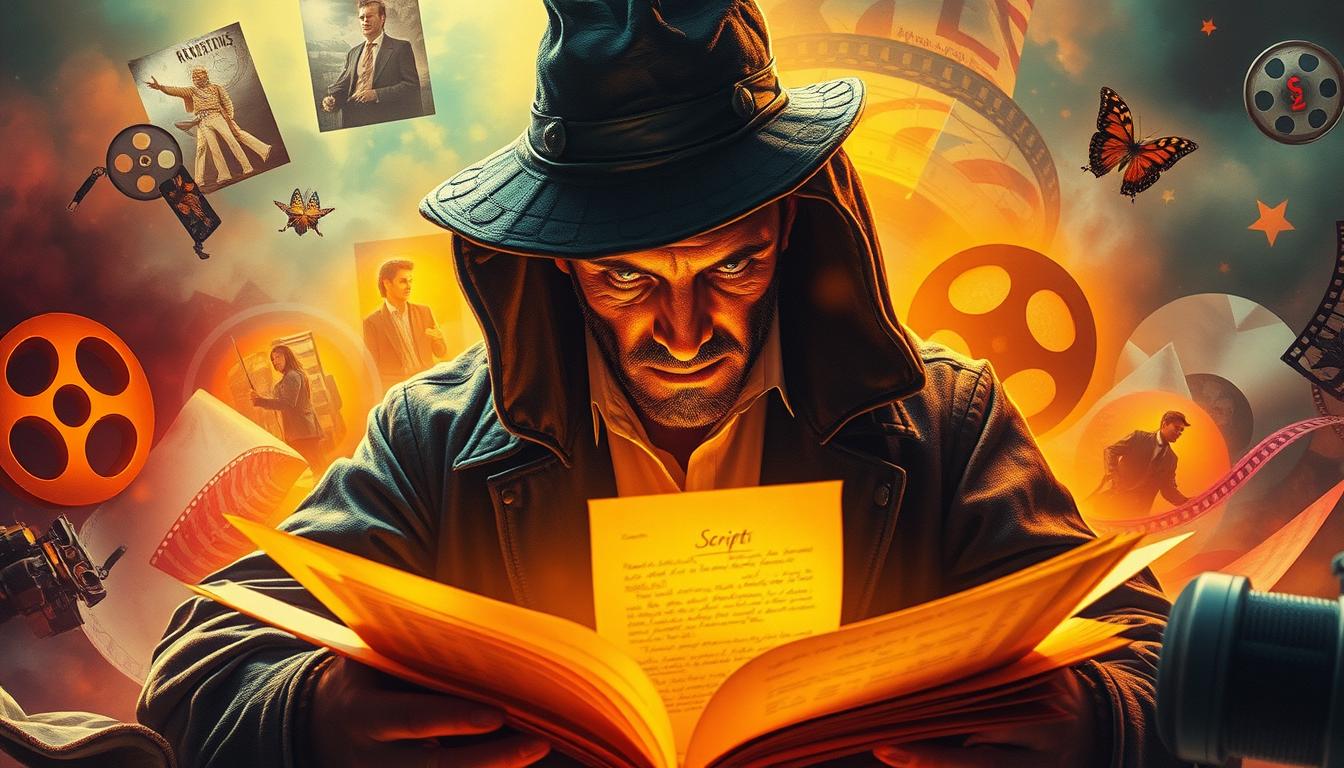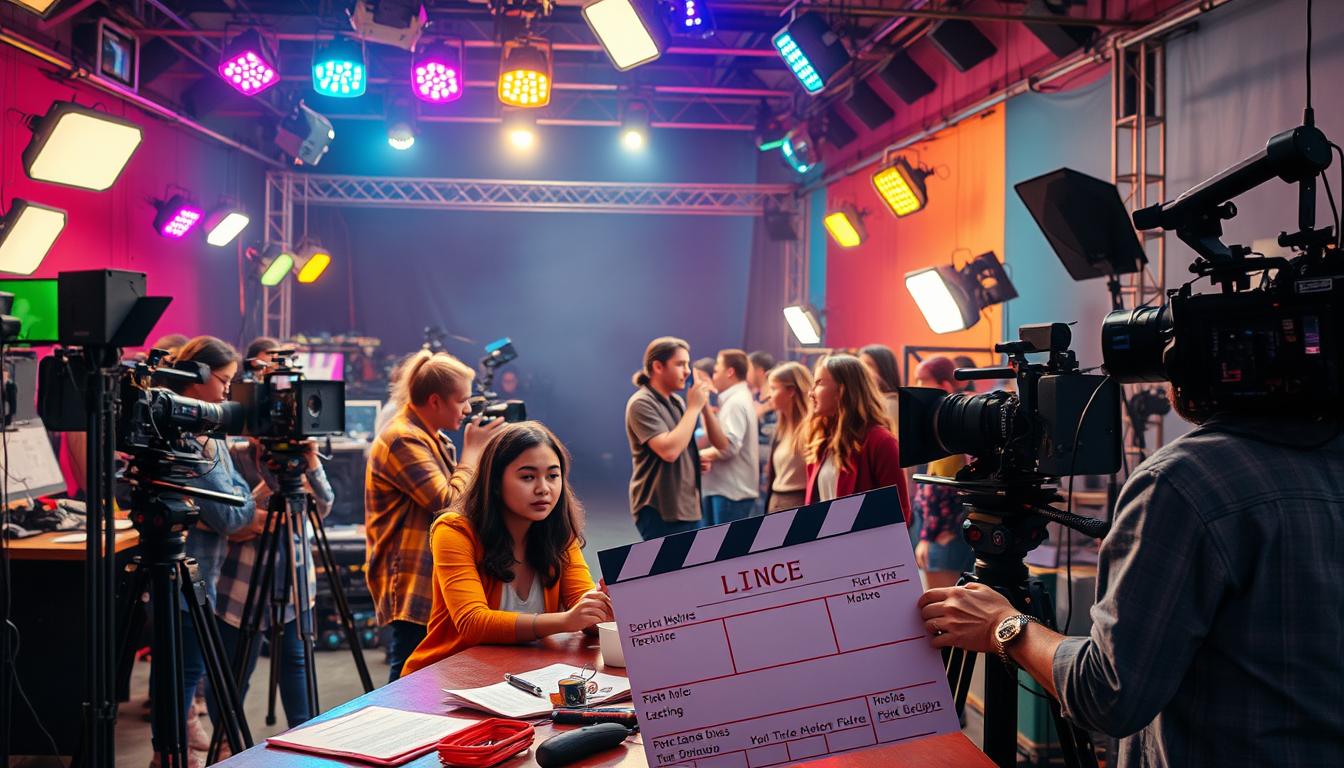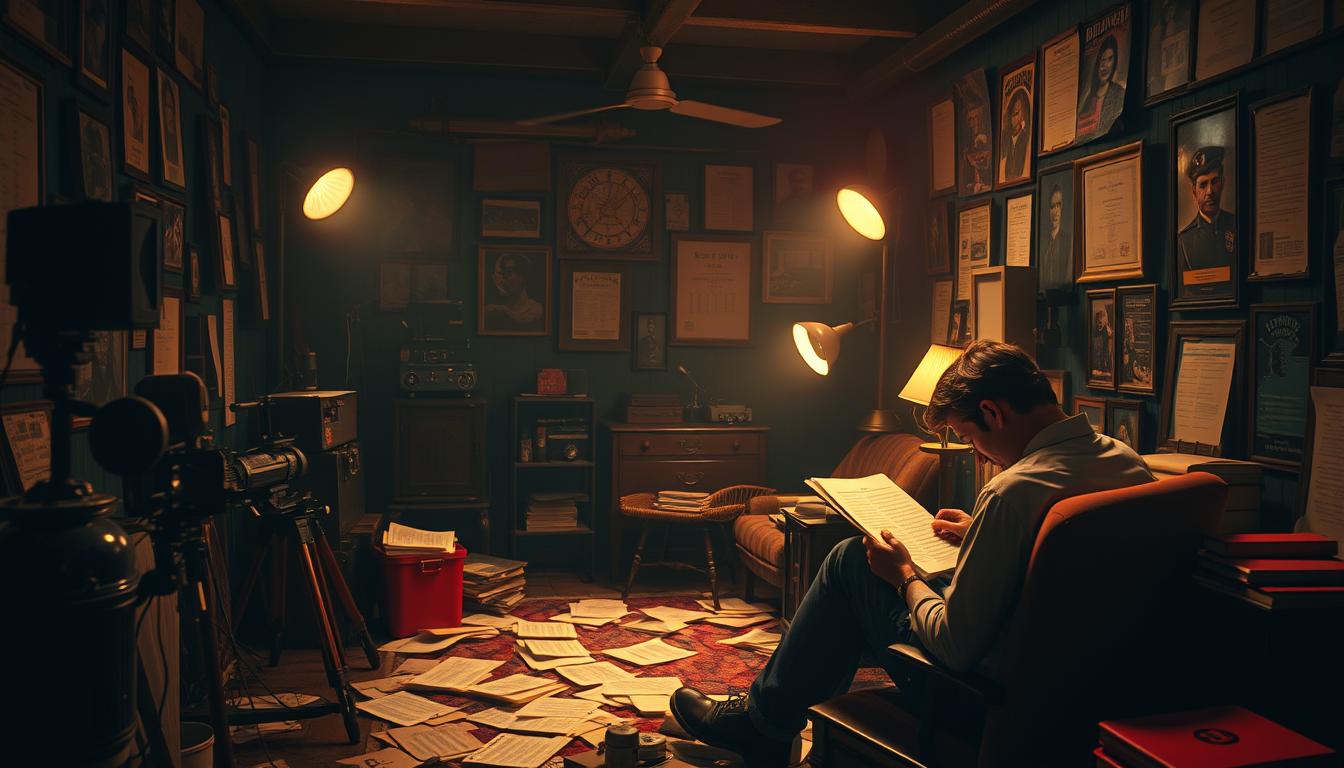
Understanding the Nolan Enigma: A Guide to ‘Memento’
Gather ’round, cinephiles, puzzle enthusiasts, and all who somehow missed this early 2000s gem despite your friend’s constant raving. ‘Memento’, a movie that’s as much of a brain-bender as it is a heart-wrencher, is Christopher Nolan’s cinematic jigsaw that demands your full attention, your neighbor’s attention, and probably a few film forums’ attention. This isn’t just any flick; it’s a storytelling labyrinth created by the Nolan brothers, Christopher and Jonathan, that turns the traditional narrative arc into a pretzel. A pretzel that’s intriguing, salty, and undeniably more-ish!
Plot That Plots Against You
Imagine trying to piece together a story, but the pieces don’t just snap together—they bite back. That’s ‘Memento’. The film follows Leonard Shelby (played by a fiercely forgettable forgetful Guy Pearce), who is on a relentless quest to find the man who raped and murdered his wife. The twist? Leonard has short-term memory loss and can’t form new memories. The film is ingeniously told in two sequences: one in color going backwards, and the other in black-and-white going forwards. Yes, dear reader, it’s like trying to do a Rubik’s Cube in a hall of mirrors. Blindfolded.
The Color of Chaos
The color sequences feel like they were shot out of a cannon, directly aimed at rattling your comprehension. They start at the end of Leonard’s story and play in reverse order. Each color scene ends just before the scene that technically happens next but is shown previously—confused yet? That’s Nolan’s charm! This reverse storytelling method not only simulates Leonard’s disorientation but effectively yanks the rug from under your feet, just as you think you’ve got a firm footing in understanding.
Black, White, and Read All Over
Now, don’t overlook the black-and-white sequences, for they are your breadcrumb trail. These segments, which are dispersed between the high-drama reverse color scenes, show Leonard in his motel room talking on the phone and revealing parts of his backstory. Unlike the colorful chaos, these moments are chronological, threading some semblance of sanity and progression through the narrative labyrinth. Plus, they’re filmed in a raw, almost noir-esque style as if Nolan is winking at us through the lens, reminding us that every story has its shades of gray (or in this case, stark black and white).
Themes That Thump and Theories That Thrill
‘Memento’ isn’t just an unforgettable tale about a guy who forgets; it’s a philosophical minefield. The themes of memory, identity, and reality are interwoven with the precision of a spider spinning its web at double speed. As Leonard uses Polaroids, tattooed clues, and notes to self to combat his amnesia, we’re prompted to question the reliability of our own memories. How much of our identities are shaped by our recollection of past events? Nolan doesn’t just serve us these heavy questions on a silver platter – he flings them at us with the ferocity of a Nolan-directed Batmobile.
Theories around the film are like cocktail hour debates on steroids. Some fans argue that the entire film is an allegory for the process of filmmaking itself, with Leonard as the director, the Polaroids as rushes, and the tattoos as the script. Mind-boggling, right? Others see the film as an intricate commentary on the human condition, with Leonard’s fragmented and unreliable memory serving as a metaphor for our subjective experiences and biases.
Legacy of a Labyrinth
‘Memento’ is more than a movie; it’s a mental workout. It challenges norms, pushes boundaries, and effectively redefined what a narrative could do in cinema. It catapulted Christopher Nolan into the directorial stratosphere, setting the stage for his later mind-meddlers like ‘Inception’ and ‘Interstellar’.
So, if you haven’t already dived into the twister that is ‘Memento’, strap in. It’s going to be a bumpy, bewildering, but oh-so brilliant ride. Fetch your notepad, maybe some aspirin, and join the club of those perpetually questioning—What was I saying again?






